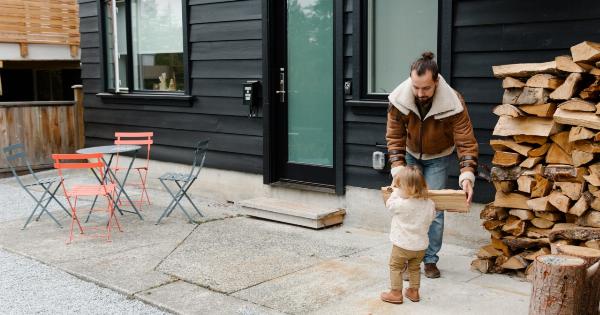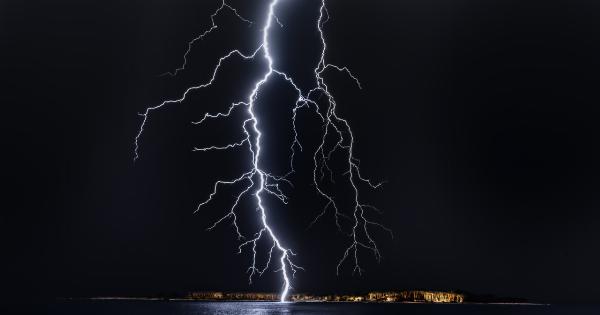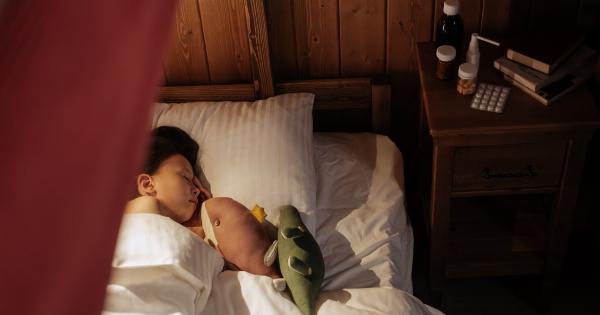Natural disasters can be extremely traumatic events for both children and adults. They can cause a wide range of emotions, including fear, anxiety, confusion, and sadness.
As parents and caregivers, it is important for us to provide support and comfort to children in the aftermath of a natural disaster. One of the most effective ways to do this is through open and honest conversations. In this article, we will discuss some strategies and tips for conversing with children in the aftermath of a natural disaster.
1. Be Available and Present
After a natural disaster, children may have many questions and concerns. It is important to make yourself available to answer their questions and listen to their worries.
Be present, both physically and emotionally, and provide a safe space for your child to express their feelings.
2. Use Age-Appropriate Language
When talking to children about a natural disaster, it is important to use language that they can understand. Tailor your explanations and discussions to their age level. Avoid using technical terms or overly complicated explanations.
3. Validate Their Feelings
Children may experience a wide range of emotions following a natural disaster. Whatever they are feeling, it is important to validate their emotions. Let them know that their feelings are normal and understandable given the circumstances.
Offer comfort and reassurance.
4. Encourage Questions
Encourage your child to ask questions about the natural disaster. Answer their questions honestly and age-appropriately. If you don’t know the answer to a question, be honest about it and promise to find out the information they are seeking.
5. Limit Exposure to Media Coverage
Continuous exposure to media coverage of a natural disaster can increase anxiety and distress in children. Limit their exposure to news reports and graphic images. Shield them from unnecessary details that may be overwhelming for them.
6. Provide Reassurance and Hope
Children need reassurance that they are safe and that there are people who are working to keep them safe. Let them know about the measures being taken to rebuild and restore their community.
Emphasize that there is hope and that things will get better over time.
7. Use Visual Aids and Activities
Visual aids can be helpful in explaining the effects of a natural disaster and the steps being taken for recovery. Use maps, pictures, drawings, or diagrams to illustrate your explanations.
Engage in activities like drawing, storytelling, or playing games to help children process their emotions in a safe and creative way.
8. Maintain a Routine
Following a natural disaster, children may feel a sense of instability and chaos. Maintaining a routine can provide them with a sense of security and normalcy. Stick to regular meal times, bedtimes, and daily activities as much as possible.
9. Seek Professional Help if Needed
If you notice persistent signs of distress in your child, such as prolonged anxiety, withdrawal, or changes in behavior, consider seeking professional help.
Mental health professionals experienced in working with children can provide additional support and guidance.
10. Practice Self-Care
Remember to take care of yourself as well. Dealing with the aftermath of a natural disaster can be emotionally and physically draining.
Take breaks, seek support from friends and family, and practice self-care activities such as exercise, meditation, or engaging in hobbies that you enjoy.






























